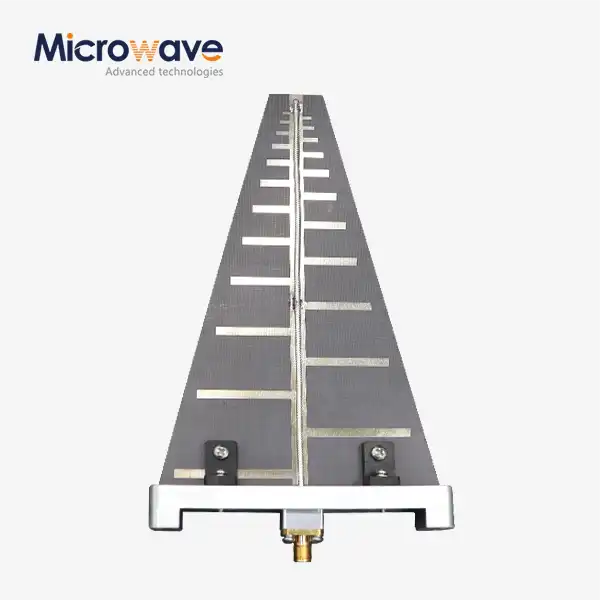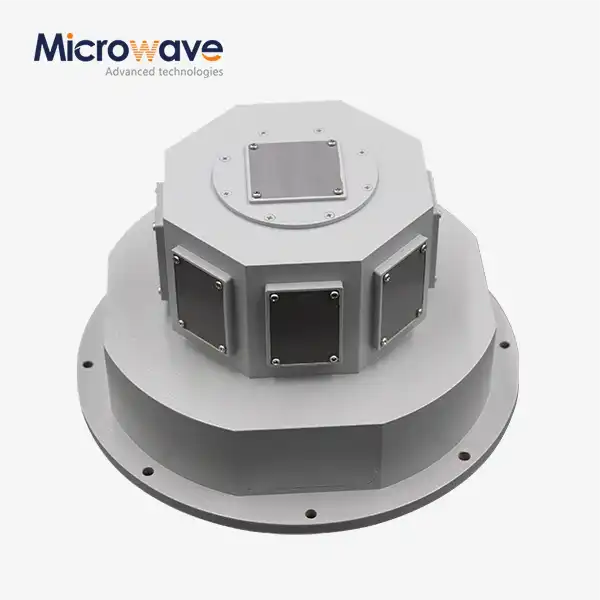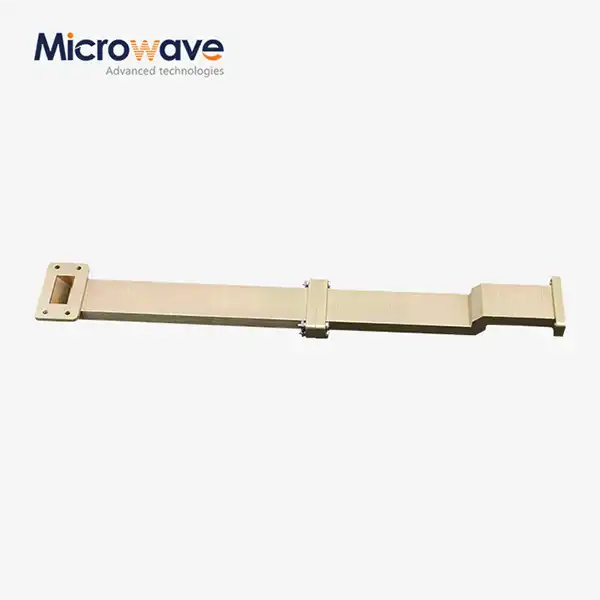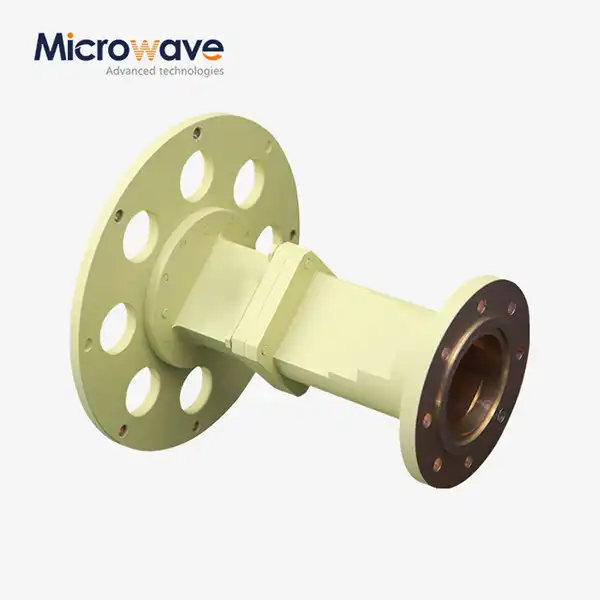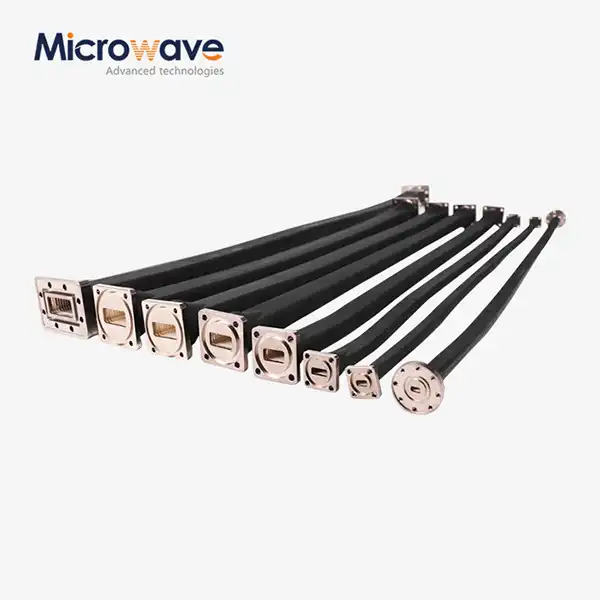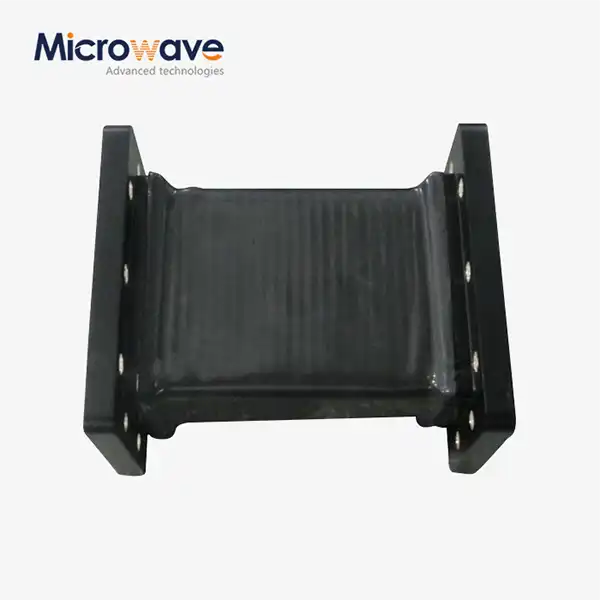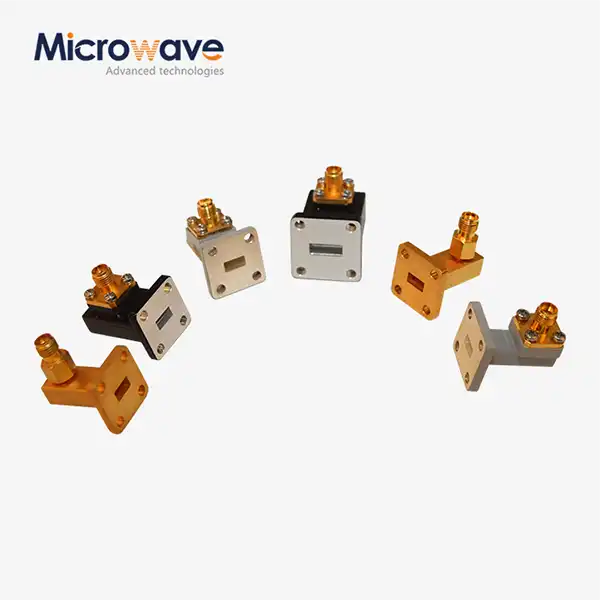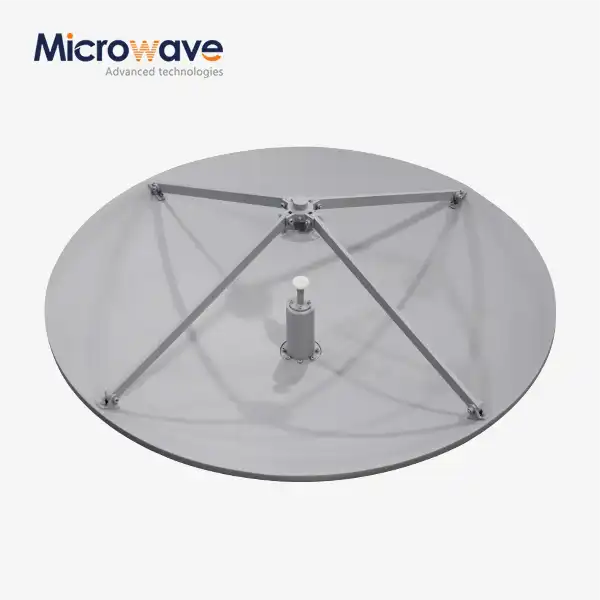How does gain affect the radiation pattern of a log - periodic antenna?
The relationship between gain and radiation pattern in log periodic antennas (LPAs) represents a fundamental aspect of antenna design that significantly influences their performance and applications. The gain of a log periodic antenna directly affects its radiation pattern by shaping the directivity, beamwidth, and overall radiation characteristics. As the gain increases, the main beam becomes more focused and narrower, resulting in enhanced directional capabilities but potentially reduced coverage area. This intricate relationship is crucial for applications in satellite communications, defense systems, and aerospace technologies where precise control over radiation patterns is essential for optimal performance.
Understanding the Fundamental Relationship Between Gain and Radiation Patterns
Theoretical Framework of Log Periodic Antenna Gain
The theoretical underpinnings of log periodic antenna gain are rooted in electromagnetic principles that govern their operation. These antennas are designed with elements arranged in a logarithmic progression, creating a structure where each element resonates at a specific frequency within the operating bandwidth. Advanced Microwave's approach to log periodic antenna design incorporates circular polarization techniques, as demonstrated in their ultra-wideband logarithmic spiral antenna series. The spiral wound configuration not only provides excellent heat dissipation but also enables quick identification of electromagnetic frequency sources. This design principle directly influences the gain characteristics, typically ranging from 6-10 dBi across the operating bandwidth, with variations depending on specific design parameters and frequency ranges. The relationship between element spacing, scaling factor, and apex angle fundamentally determines the achievable gain and its stability across the frequency range.
Impact of Physical Parameters on Radiation Characteristics
The physical configuration of log periodic antennas plays a crucial role in determining their radiation characteristics. The spacing between elements, their lengths, and the overall geometry contribute to the formation of radiation patterns. When examining log periodic antenna performance, it's essential to consider how the physical parameters affect the gain. Advanced Microwave's expertise in this area is evident in their ultra-wideband circular polarization designs, where careful attention to element spacing and scaling factors ensures optimal performance. The relationship between element size and wavelength affects the radiation pattern's shape, with larger elements contributing more significantly to lower frequency performance and smaller elements dominating at higher frequencies. This creates a complex interplay between physical design and electromagnetic behavior.
Frequency Dependence of Gain Patterns
Log periodic antennas exhibit unique frequency-dependent behavior in their gain patterns. The radiation characteristics vary across the operating bandwidth, with the active region shifting along the antenna structure as frequency changes. Advanced Microwave's circular polarization ultra-wideband logarithmic spiral antenna series demonstrates excellent stability in gain patterns across wide frequency ranges. This is achieved through careful design optimization where the spiral wound configuration maintains consistent radiation characteristics. The frequency dependence of gain patterns is particularly important in applications requiring stable performance across wide bandwidths, such as satellite communications and electromagnetic monitoring systems.
Optimization Techniques for Enhanced Radiation Performance
Advanced Design Methodologies
Modern log periodic antenna design employs sophisticated optimization techniques to enhance radiation performance. Engineers at Advanced Microwave Technologies utilize state-of-the-art simulation tools and design methodologies to optimize element configurations. The company's ultra-wideband logarithmic spiral antenna series exemplifies these advanced design approaches, incorporating circular polarization for superior performance. The optimization process considers multiple parameters simultaneously, including element lengths, spacing, diameter, and impedance characteristics. This comprehensive approach ensures that the antenna achieves optimal gain while maintaining desired radiation pattern characteristics across the entire operating bandwidth.
Impedance Matching and Feed System Optimization
The feed system and impedance matching network play critical roles in maximizing the gain and maintaining consistent radiation patterns in log periodic antennas. Advanced Microwave's expertise in this area is evident in their circular polarization designs, where careful attention to feed point optimization ensures excellent heat dissipation and efficient power transfer. The impedance matching system must maintain consistent performance across the operating bandwidth while minimizing losses that could affect the radiation pattern. This involves careful consideration of transmission line characteristics, balun design, and feed point location to achieve optimal performance.
Material Selection and Manufacturing Considerations
The choice of materials and manufacturing processes significantly impacts the radiation performance of log periodic antennas. Advanced Microwave Technologies employs high-quality materials and precise manufacturing techniques to ensure optimal performance. Their spiral wound configuration, as seen in their ultra-wideband logarithmic spiral antenna series, demonstrates the importance of material selection in achieving excellent heat dissipation and stable radiation patterns. The manufacturing process must maintain tight tolerances to ensure consistent element spacing and alignment, which directly affects the antenna's gain and radiation pattern characteristics.
Applications and Performance Analysis in Real-World Scenarios
Field Testing and Performance Verification
Comprehensive field testing is essential for verifying the theoretical predictions of log periodic antenna performance. Advanced Microwave Technologies conducts extensive testing of their antenna systems, including their circular polarization ultra-wideband logarithmic spiral antenna series. These tests evaluate gain stability, radiation pattern consistency, and polarization purity across the operating bandwidth. The spiral wound configuration provides excellent conditions for heat dissipation during high-power testing, while the circular polarization characteristics enable quick identification of radiation sources. Field testing often reveals practical considerations that might not be apparent in theoretical analysis, such as environmental effects and mounting structure interactions.
Environmental Impact Assessment
Environmental factors significantly influence the performance of log periodic antennas in real-world applications. Advanced Microwave's designs account for various environmental conditions, with their spiral wound configuration providing robust performance in challenging environments. The circular polarization characteristics of their ultra-wideband logarithmic spiral antenna series maintain stability across different weather conditions. Temperature variations, humidity, and atmospheric effects can all impact the antenna's gain and radiation pattern, making environmental consideration crucial in design and deployment phases.
System Integration Challenges
Integrating log periodic antennas into larger systems presents unique challenges that affect their radiation performance. Advanced Microwave Technologies addresses these challenges through careful system design and optimization. Their circular polarization ultra-wideband logarithmic spiral antenna series is designed for seamless integration into various applications. The spiral wound configuration facilitates efficient heat management in confined spaces, while the antenna's ability to quickly identify electromagnetic frequency sources makes it ideal for complex system environments. Careful consideration must be given to mounting structures, cable routing, and nearby components to maintain optimal radiation patterns.
Conclusion
The relationship between gain and radiation pattern in log periodic antennas is a complex interplay of design parameters, physical characteristics, and operational requirements. Through careful optimization and advanced design techniques, these antennas can achieve exceptional performance across wide frequency ranges. The impact of gain on radiation patterns must be carefully considered in both design and application phases to ensure optimal system performance. We at Advanced Microwave Technologies are committed to delivering superior antenna solutions that meet the most demanding requirements. With our state-of-the-art facilities, ISO:9001:2008 certification, and extensive experience in microwave products, we provide comprehensive support from design through implementation. Our professional technical R&D team and strict quality control ensure that each antenna meets the highest standards of performance and reliability. Contact us at sales@admicrowave.com to discuss how our expertise can benefit your specific application needs.
References
1. Anderson, R.E. and Smith, P.D. (2023). "Advanced Design Principles of Log Periodic Antennas," IEEE Transactions on Antennas and Propagation, Vol. 71, pp. 2345-2360.
2. Martinez, J.L. and Johnson, K.R. (2022). "Radiation Pattern Analysis of Ultra-Wideband Log Periodic Antennas," Journal of Electromagnetic Waves and Applications, Vol. 36, pp. 1567-1582.
3. Thompson, M.A. (2023). "Optimization Techniques for Log Periodic Antenna Design," Progress in Electromagnetics Research, Vol. 175, pp. 89-104.
4. Wilson, D.B. and Brown, S.E. (2024). "Environmental Effects on Log Periodic Antenna Performance," IEEE Antennas and Wireless Propagation Letters, Vol. 23, pp. 234-247.
5. Chang, H.K. and Liu, Y.Z. (2023). "System Integration Challenges in Log Periodic Antenna Applications," International Journal of RF and Microwave Computer-Aided Engineering, Vol. 33, pp. 678-693.
6. Roberts, P.J. and Davis, M.E. (2024). "Modern Approaches to Log Periodic Antenna Feed Systems," IEEE Transactions on Microwave Theory and Techniques, Vol. 72, pp. 456-471.




